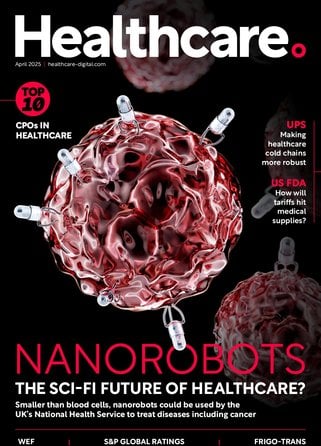Four popular types of probiotics

Written by Ron Thompson
What are probiotics?
When we hear the word “bacteria,” what generally comes to mind is harmful microorganisms that make us sick. That, however, is but one kind of bacteria; there are plenty of other kinds that not only do not hurt us, but are actually essential for improving our health. Such bacteria are collectively referred to as probiotics, and their discovery is a very recent one: The term probiotic was first used in 1951. These bacteria work in various ways: by secreting substances that stimulate other microorganisms, breaking down bile in the intestines and thus reducing the levels of cholesterol. This article will describe four of the most popular types of probiotics, how they work and the purposes for which they can be used.
1) Lactobacillus acidophilis
Lactobacillus, or Döderlein's bacillus, is an anaerobic bacterium that produces lactic acid out of lactose and other sugars. (Such bacteria have been linked with tooth decay, though.) The acidic nature of the environment that they create discourages the growth of harmful bacteria. Some species of Lactobacillus are used in making milk products such as cheese and yoghurt, or other foods, mostly fermented ones like sauerkraut, beer, wine, pickles and cider. Other strains are known to have or may possibly have anti-inflammatory or anti-cancer properties; in particularly they are commonly used to protect the vaginal area against these problems.
The most popular species of Lactobacillus is L. acidophilis, whose name literally means “acid lover.” It lives naturally in the human mouth and gastrointestinal tract. A recent experiment performed on cattle, conducted by the University of Nebraska, showed the incidence of Escherichia coli O157:H7 to be considerably less in cows that had been fed acidophilis supplements than in those that had not. The bacterium also benefits the body by encouraging the formation of vitamin K, lactase and an enzyme called amylase, which serves as a catalyst in the breakdown of starches into sugars.
2) L. casei
Another species in the same genus as the above, whose growth it complements, casei has a broad range of temperature and pH. It too is commonly used in making dairy products, notably in cheddar cheese, in which it is the most prominent type of nonstarter lactic acid bacteria (NSLAB), as well as in green olives.
Only certain strains of L. casei have thus far been proven to have probiotic properties. They may prevent pathogenic diseases of the gastrointestinal system, antibiotic associated diarrhea (AAD) and Clostridium difficile infections (CDI). Children who were given administrations of L. casei have taken significantly less time to recover from acute diarrhea than those who were given a placebo. Some yoghurts have been made that contain the probiotics
3) Bifidobacterium bifidus
Bifidobacterium is another genus of anaerobic bacteria that inhabit the mouth, gastrointestinal tract and vagina. Possible health benefits of the various strains include:
· inhibiting the accumulation of harmful bacteria in the gut
· production of vitamins
· conversion of dietary compounds of various sorts into bioactive molecules
· modulation of immune responses
· reducing the incidence of diarrhea
· aiding in digestion
Allergic reactions to products in which B. bifidus is the primary ingredient are rare, nor have any side effects been reported. It is not known whether the probiotic passes into breast milk, however, so women who are pregnant or breastfeeding should consult with a gynecologist before taking supplements that contain these bacteria.
4) Saccharomyces boulardii
Unlike the other probiotics discussed so far, S. boulardii is a tropical strain of yeast; it was first isolated by a French scientist in 1923. It has been used to treat such disorders as:
· acute, antibiotic-associated, HIV-associated and traveler’s diarrhea
· irritable bowel syndrome
· inflammatory bowel disease
· recurrent Clostridium difficile infection
L. casei has also been shown to increase the levels of maltase, lacrase, glucoamylase and other saccharides. There is some evidence, however, that the bacteria can cause fungemia and systematic blood infection in patients whose immune systems have been compromised.
About the Author
Ron Thompson writes for Del-Immune V®, the best probiotics made from the lactobacillus rhamnosus which is a advanced immune probiotic and immune booster and offers how to treat sinusitis.



